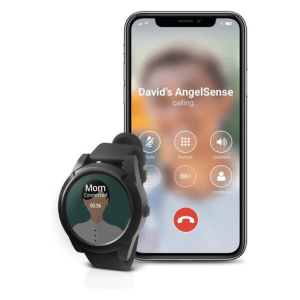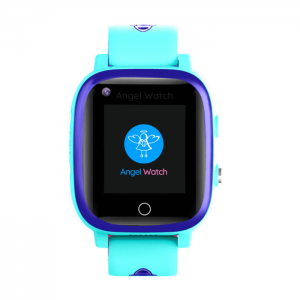A missing child is a parent's worst nightmare. Thankfully, if the child is in immediate danger, law enforcement escalates the case and sends out an AMBER Alert through the Emergency Alert System.
The AMBER Alert system was created in 1996 and has rescued hundreds of children. As of January 2023, 1,127 children have been rescued due to AMBER Alerts. This partnership between communities and law enforcement agencies has become one of the best methods for finding a missing child. Below we detail what AMBER Alerts are and how they are used in the United States.









